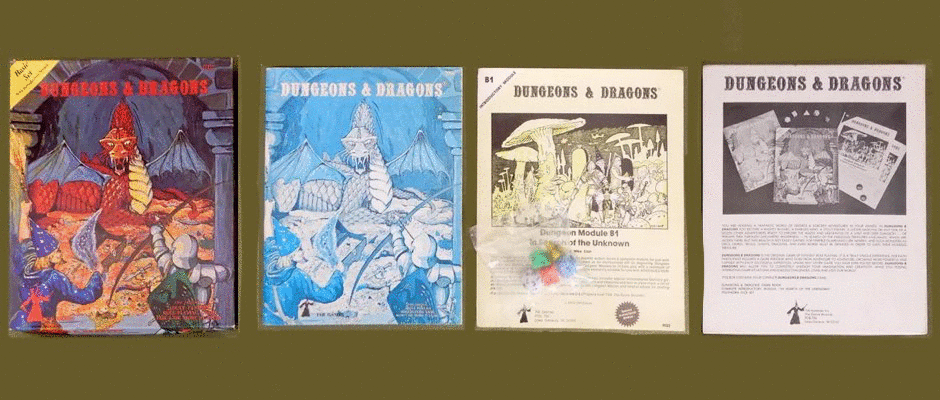 The sequel to 2011’s rather unexciting Thor is due to debut in a week so I’m finally getting off my procrastinating fanny to discuss this more interesting book I finished months ago. Normally I’m a bigger DC fan and I find Marvel’s stuff less sophisticated yet when I was younger, Marvel characters were my faves. My friend Steve Bryant said it best, “You start off Marvel and graduate to DC.”
The sequel to 2011’s rather unexciting Thor is due to debut in a week so I’m finally getting off my procrastinating fanny to discuss this more interesting book I finished months ago. Normally I’m a bigger DC fan and I find Marvel’s stuff less sophisticated yet when I was younger, Marvel characters were my faves. My friend Steve Bryant said it best, “You start off Marvel and graduate to DC.”
Stan Lee is also coming to Austin for Wiz World and I thought this book would give me some insight about how Marvel (originally Timely) started out as an also-ran only to transform into the 800-pound gorilla Disney paid billions for. Despite Marvel’s tumultuous finances, its books outsell DC significantly. In the Eighties, distributors used Uncanny X-Men as the “unit” when taking orders with other titles. For example, if your store sold 100 copies of X-Men every month consistently, success for Batman, Spider-Man, etc. was based upon how close they’d come, usually 80-90 on a good month unless there was a movie or something to push interest.
The company’s beginnings were more unplanned. Martin Goodman started Timely in the Thirties after being involved with a couple other publishing companies in the Thirties. He mostly printed whatever was profitable and for a while the superhero fad was the way to go. In 1940, Goodman hired his nephew Stanley Leiber (aka Stan Lee) to assist the talent (amongst them were Jack Kirby and Joe Simon) as a gopher. There was a brief disruption with WWII since many were drafted but afterwards the bottom for superhero books fell out thanks to changing tastes and the Kefauver Hearings.
Fast forward to the early Sixties. Timely is now called Atlas. Goodman is more focused on publishing Playboy knockoffs and his nephew Stan runs the bare-bones comic-book division. The Atlas stuff is primarily monster stories, soap operas and disposable fluff. Tame material which abides by the code created in the dustup of the Fifties. Then a series of events sets the gears in motion for a revolution. Firstly, Stan was approaching 40 and really regretted the career he had chosen. He originally wanted to be a legitimate novelist, now time was running out in his mind. Secondly, Jack Kirby had a falling out with DC Comics and needed work which put him back at Atlas. Lastly, Goodman often played golf with the head of DC. During a match in late 1960, the DC boss mentioned the company’s newfound success with a team book called The Justice League of America. Goodman came back and ordered his nephew to make something similar. Lee and Kirby rolled the dice by turning the genre on its head with The Fantastic Four. It shook things up: these characters aren’t perfect, they bicker amongst themselves and three find their newfound powers to be a burden, not a boon. Four certainly was pretty radical compared to the “perfect” life Superman had. After the success of Fantastic Four #1, the Marvel roller coaster begins.
Howe illustrates Marvel’s crazy history through the explosive Sixties when superheroes made their triumphant comeback in popular culture. It’s not like they completely disappeared but in the Fifties Superman was about all you can remember. The Seventies had their own challenges with the economy, changing tastes as demonstrated in its music and film so Marvel did more licensed adaptations, namely by gambling on this space opera George Lucas was peddling. The Eighties were full of strife, especially when Jim Shooter held the editor-in-chief position. By the Nineties and early Aughts, Marvel was just a property conglomerates acquired without much understanding beyond milking a profit out of, hence the numerous reboots, splinter universes and putting an X in the title. The last couple chapters do get heavy with tales of corporate skullduggery and mismanagement; the three Sam Raimi Spider-Man flicks made $4 billion worldwide for Sony, Marvel received a mere $75 million of that. It’s a miracle the company survived long enough or retained any value with the debt Carl Icahn saddled it with.
For fanboys/historians, there’s numerous stories covering the interactions, fights and collaborations between Marvel’s famous writers and artists: Lee/Kirby, Roy Thomas, Don Heck, Steve Ditko, John Byrne, Marv Wolfman, Gerry Conway, Len Wein, Chris Claremont, Jim Steranko, Mark Grunewald, Frank Miller, Neal Adams, George Perez, Walt Simonson, so on. Howe includes the tale of how The X-Men went from being a struggling book about to be cancelled in the mid-Seventies to the juggernaut with its fifth movie appearing next Spring (late May 2014). I never knew She-Hulk was a rushed creation to prevent the production company behind The Incredible Hulk TV show from copyrighting a similar idea. All the infighting gave me the unpleasant flashbacks I occasionally relive from my time at GDW.
I highly recommend Untold to comic book fans and non-fans alike. It was hard to put down, I wanted to keep going forward to find out what followed in the next chapter. Reading this won’t turn you into a subject expert or the anchor for a trivia contest, it just provides a great history about a little piece of American nerd culture which went from being dismissed as “kid stuff” and now dominates the peak movie seasons.
